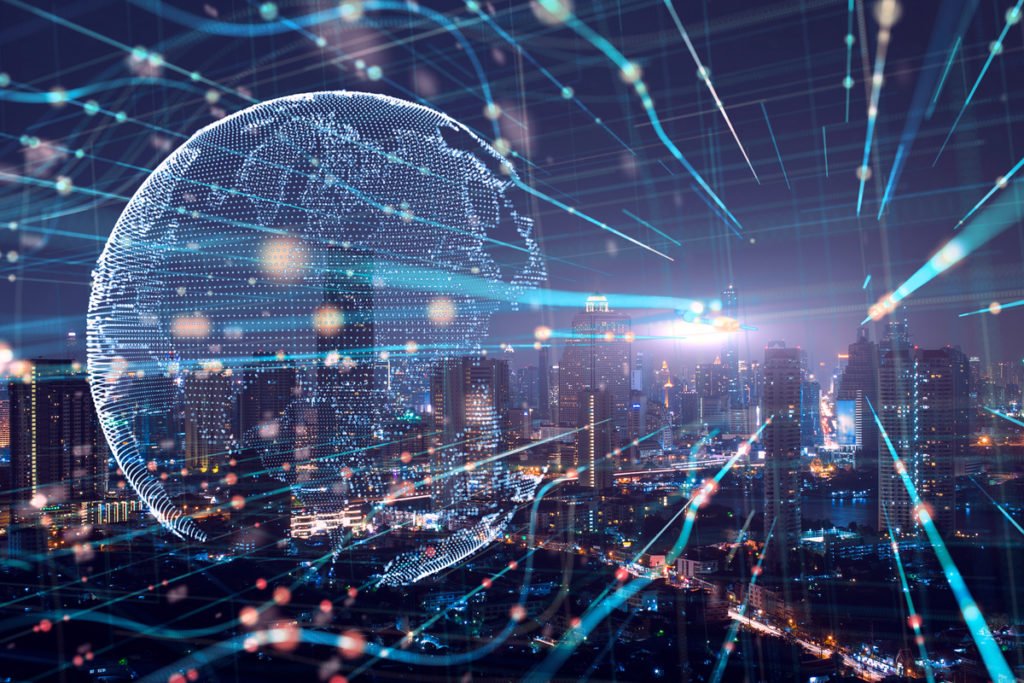With little warning, COVID-19 compelled massive numbers of staff to go away their workplaces and start working at dwelling, the place they anticipated quick, dependable entry to enterprise providers. IT managers needed to scramble because the pandemic revealed weaknesses in community infrastructure, planning and administration.
“The sudden surge of employees from recognized, deliberate and centralized places to random far-flung corners of the Earth laid naked a litany of lower corners, deferred upgrades and short-sighted selections we had made in our respective networks over time,” says John Annand, a analysis director specializing in know-how roadmapping at Info-Tech Research Group. Consequently, versatile and adaptable community applied sciences, able to enhancing community availability and agility throughout a pandemic, comparable to SD-WAN, safe entry service edge (SASE), and intent-based networking (IBN), weren’t obtainable to many organizations.
Enterprises have been in a position to accomplish the formidable feat of permitting groups of staff, spanning a number of enterprise areas, to stay productive. Now, nevertheless, these similar groups face a recent problem: dealing with the potential new safety and privateness dangers created by the push to get distant employees related. “The following few months might be essential as corporations attempt to mitigate these dangers with out disrupting the distant working capabilities that staff at the moment are accustomed to,” says Mike Kavis, chief cloud architect at Deloitte Consulting.
Rethinking community architectures
One weak point the pandemic revealed is that almost all present community infrastructures are designed with the belief that employees are primarily based in a central location—the workplace. “With many corporations requiring employees to work remotely, they discovered that their networks had bottlenecks … and their employees weren’t in a position to entry the assets they wanted to do their jobs,” says Kowsik Guruswamy, CTO of cybersecurity know-how supplier Menlo Security. “In some instances, they weren’t even in a position to get to the Web reliably as a result of all their visitors needed to undergo a centralized safety stack that didn’t have sufficient capability.”
RELATED ARTICLES


